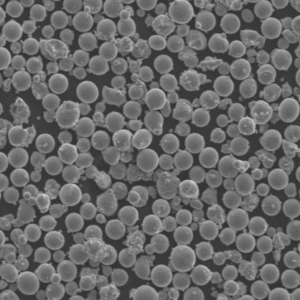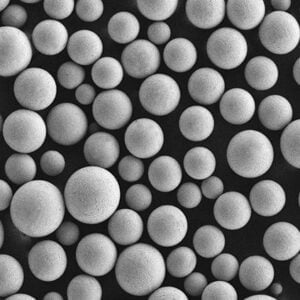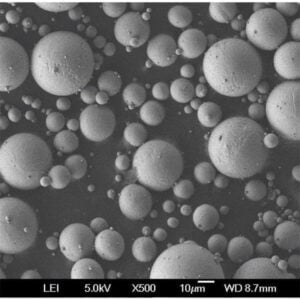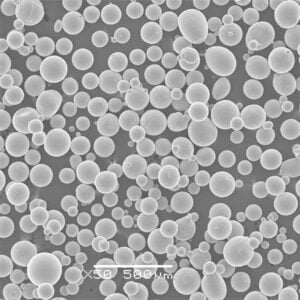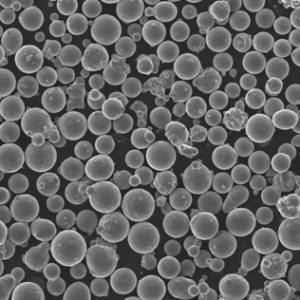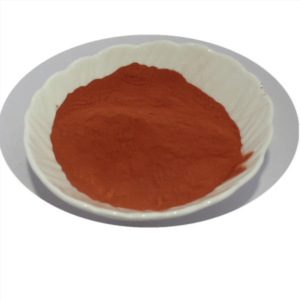key component in 3D printers: motion control system
Table of Contents
Imagine a world where creating intricate 3D objects is akin to a symphony. The filament, the lifeblood of the print, plays the role of the melody. The extruder, a fiery conductor, guides the flow. But what ensures each layer harmonizes perfectly? That’s where the unsung hero, the motion control system, steps in.
Basic Functions of Motion Control Systems
Think of the motion control system as the conductor’s intricate baton, directing the extruder and build platform with pinpoint accuracy. It’s the brain behind the brawn, translating the 3D model’s digital instructions (G-code) into precise movements along multiple axes (X, Y, and Z) – essentially, telling the printer where and when to lay down each filament strand.
This meticulous choreography ensures:
- Dimensional Accuracy: Every layer aligns perfectly, resulting in a precisely sized and shaped final object. Imagine a cake – a slight miscalculation in ingredient ratios can lead to a lopsided mess. Similarly, a faulty motion control system can distort your 3D masterpiece.
- Surface Quality: Smooth, consistent movement minimizes vibrations and jerks, preventing imperfections like layer lines and bumps on the printed object’s surface. Picture the difference between a vibrato-laden note and a flawlessly sustained one – the motion control system strives for the latter in the 3D printing realm.
- Print Speed: Efficient movement translates to faster printing times. Think of it like a race car – a well-tuned engine (motion control system) optimizes speed without compromising precision.
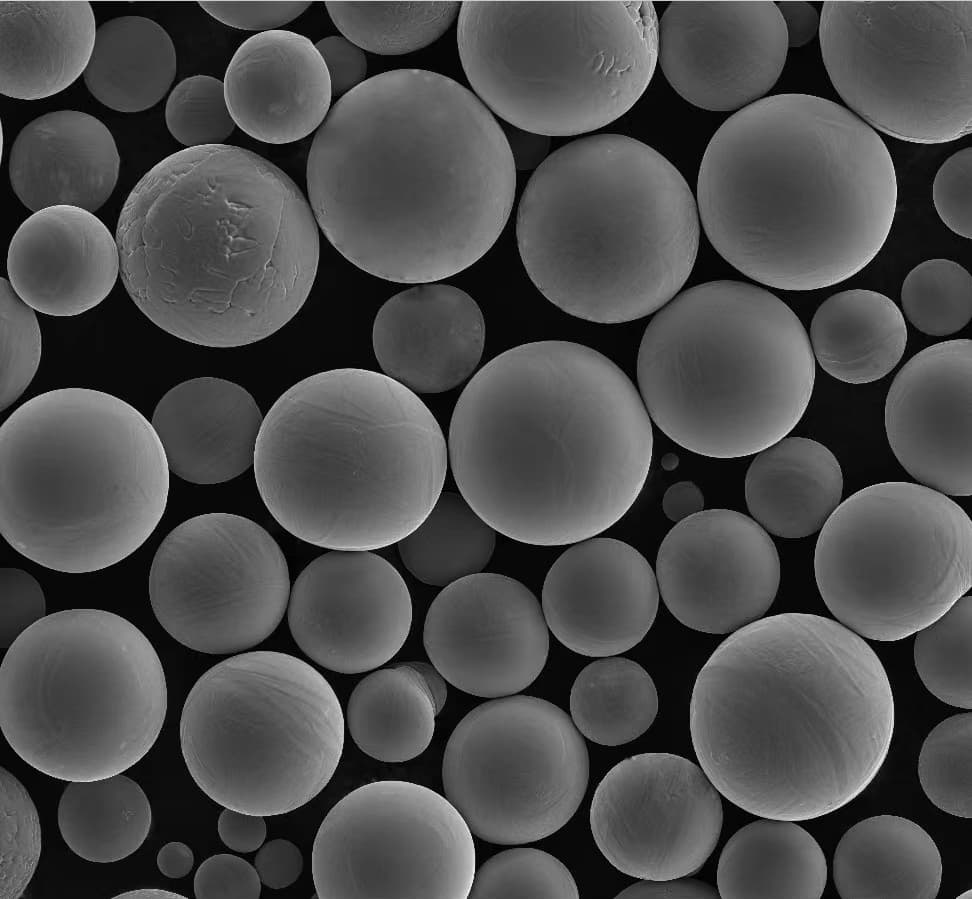
There are Two Main Types of Motors Used in 3D Printing:
- Stepper Motors: These workhorses offer excellent positional control due to their ability to rotate in precise increments (steps). They’re cost-effective and relatively simple to operate, making them popular choices for hobbyist and budget-friendly 3D printers. However, stepper motors can lose steps at high speeds, potentially compromising print quality. They also generate some vibration, which can translate into slight surface imperfections.
- Servo Motors: These provide smoother and more dynamic movement compared to steppers. They constantly monitor their position and adjust accordingly, leading to superior surface finish and potentially faster printing speeds. However, servo motors come at a higher cost and require more complex control electronics. Imagine the difference between a car with cruise control (stepper motor) and one with adaptive cruise control (servo motor) – the latter offers a more refined driving experience.
Choosing the Right Motor: The ideal motor type depends on your specific needs and priorities. For beginners or those on a tight budget, stepper motors offer a good balance of affordability and functionality. However, if you prioritize print quality and speed, servo motors might be a better investment, especially for professional applications.
Performance Parameters of Motion Control Systems
Several key factors influence the effectiveness of a motion control system:
- Resolution: This refers to the smallest incremental movement a motor can make. Higher resolution translates to finer details and smoother surface finishes on your printed objects. Imagine a paintbrush – finer bristles allow for more intricate details compared to a coarse brush.
- Speed: Faster movement translates to quicker printing times, but it needs to be balanced with resolution and accuracy. Think of a race car again – speed is crucial, but it can’t come at the expense of control.
- Acceleration: How quickly the motor can reach its desired speed. Faster acceleration allows for quicker transitions between layers and potentially reduces print times. Imagine a runner – a fast starting burst gets them going quickly.
Common Types of Motion Control Systems
There are two main configurations for motion control systems in 3D printers:
- Cartesian Systems: These are the most common type, utilizing linear actuators (rods or belts) to move the print head and build platform along X, Y, and Z axes. Imagine a 3D graph with the X, Y, and Z axes – the Cartesian system moves components along these axes to build the object layer by layer. They offer good build volume and are relatively simple to design and maintain.
- Delta Systems: These utilize three arms connected at the top to a stationary joint and at the bottom to the extruder and build platform. Imagine an upside-down tripod – the arms move the extruder in a triangular pattern to create the object. Delta systems offer faster print speeds due to their lighter weight and more direct movement. However, their build volume can be somewhat limited compared to Cartesian systems.
The choice between these configurations depends on your specific needs. Cartesian systems are generally more versatile and user-friendly, while Delta systems might be a better fit if speed is your top priority.
The Application of Motion Control Systems in 3D Printing Goes Beyond Just Printing Objects
The precise movements facilitated by motion control systems open doors to a wider range of 3D printing applications beyond just creating static objects. Here are a few exciting possibilities:
- Multi-material Printing: Imagine incorporating different materials with varying properties within a single print. Motion control systems can precisely coordinate multiple extruders loaded with dissimilar filaments, allowing for objects with unique combinations of flexibility, strength, or color. Think of a prosthetic limb – a rigid base material for support combined with a softer material for comfort.
- 3D Printing with Food: The controlled movement of a food dispensing system opens doors to culinary innovation. Imagine creating intricate sugar sculptures or customized cookies with precise layering of different flavors.
- Bioprinting: In the field of regenerative medicine, motion control systems can precisely deposit biomaterials and living cells, potentially leading to the creation of functional tissues and organs. This holds immense promise for future medical applications.
The Development Trend of Motion Control Systems
The world of motion control systems in 3D printing is constantly evolving, driven by advancements in technology and user demands. Here are some exciting trends to watch:
- Closed-Loop Systems: These systems continuously monitor motor position and adjust for any discrepancies, ensuring even higher levels of accuracy and repeatability. Imagine an autopilot on a plane – it constantly monitors and adjusts course to maintain a steady flight path.
- Advanced Driver Electronics: The brains behind the motors are getting smarter. Improved electronics allow for smoother motor control, reduced noise levels, and more efficient power management. Think of a more powerful computer – it can handle complex calculations faster and more efficiently.
- Integration with Artificial Intelligence (AI): AI has the potential to revolutionize motion control systems by analyzing printing parameters and automatically adjusting settings for optimal performance. Imagine a self-driving car – AI can analyze road conditions and adjust steering and acceleration for a smoother ride.
These advancements promise even more precise, efficient, and versatile 3D printing in the future.
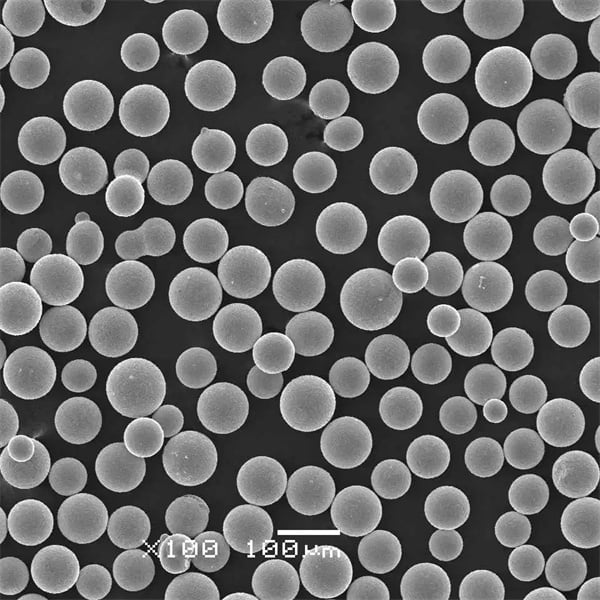
FAQ
| Question | Answer |
|---|---|
| What are some factors to consider when choosing a 3D printer based on the motion control system? | Resolution, speed, and acceleration: For high-precision prints, prioritize higher resolution. If speed is your main concern, consider a system with faster motors and acceleration. |
| Are stepper motors or servo motors better for 3D printing? | Stepper motors: More affordable, good for hobbyists and beginners. Servo motors: Offer smoother motion and potentially faster speeds, ideal for professional applications. |
| Can I upgrade the motion control system on my 3D printer? | In some cases, yes, but it depends on the specific model and your technical expertise. Upgrading might require replacing motors, control boards, or even modifying the printer’s frame. |
| What are some ways to improve the performance of my 3D printer’s motion control system? | Proper calibration: Ensure your axes are aligned and motors are properly tensioned. Reduce vibrations: Use vibration dampeners and stabilize your printer on a flat surface. Maintain your system: Keep motors clean and lubricated according to manufacturer’s instructions. |
Conclusion
The motion control system, often the silent hero of a 3D printer, plays a critical role in ensuring printing accuracy, speed, and overall quality. Understanding its function and different configurations empowers you to choose the right 3D printer for your needs and take your printing projects to the next level. As technology continues to evolve, we can expect even more sophisticated motion control systems that will further push the boundaries of what’s possible in the exciting world of 3D printing.
Share On
MET3DP Technology Co., LTD is a leading provider of additive manufacturing solutions headquartered in Qingdao, China. Our company specializes in 3D printing equipment and high-performance metal powders for industrial applications.
Inquiry to get best price and customized Solution for your business!
Related Articles
About Met3DP
Recent Update
Our Product
CONTACT US
Any questions? Send us message now! We’ll serve your request with a whole team after receiving your message.

Metal Powders for 3D Printing and Additive Manufacturing
COMPANY
PRODUCT
cONTACT INFO
- Qingdao City, Shandong, China
- [email protected]
- [email protected]
- +86 19116340731







